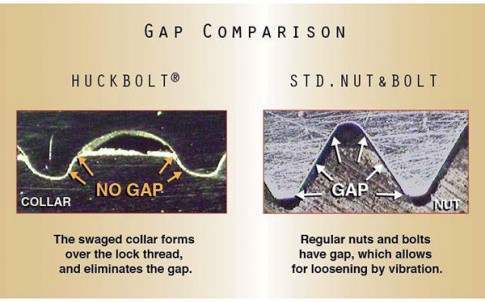For most heavy equipment applications, design engineers have focused on a stable, consistently tight joint for long-term durability and vibration resistance. At the same time, torque has long been the standard by which the tightness, and maybe even the overall integrity, of a joint were measured. This conventional thinking was based on the idea that the more power applied to a nut and bolt assembly in the form of torque, the tighter, more secure, and vibration resistant the joint. And as it turns out, like much conventional thinking, the belief that higher torque resulted in a more secure and durable joint was wrong.











Water Sector Talent Exodus Could Cripple The Sector
Well let´s do a little experiment. My last (10.4.25) half-yearly water/waste water bill from Severn Trent was £98.29. How much does not-for-profit Dŵr...